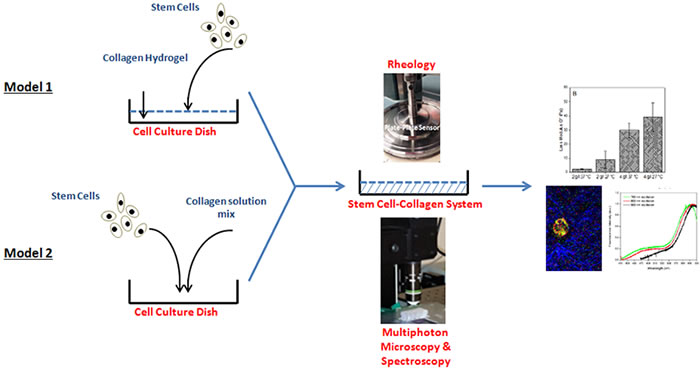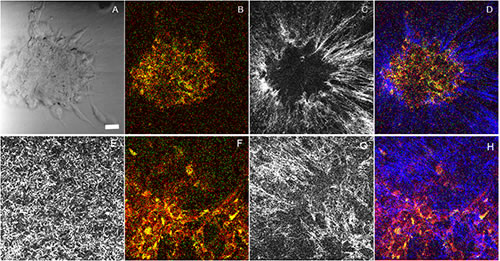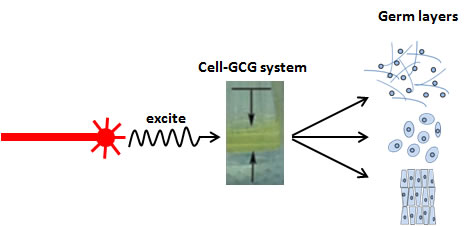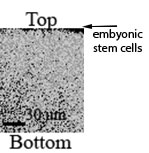


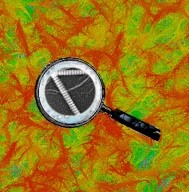
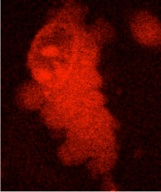





In the last several years, our interest has been to understand how the composition and structure of extracellular matrices modulate the behavior of mammalian cells.
Earlier research of many investigators emphasized mechanical properties of hydrogels and other soft materials in driving differences in cellular behaviors. More recent studies uncovered importance of structure of extracellular matrices that define these mechanical properties. At present, the microstructure, which is one of the elements needed to rationally engineer functional tissues, organs and model systems is also one of the least explored and often not considered at all.
For the development of successful applications, detailed morphological in situ characterization of cell supporting scaffolds' architecture before and during cell culture, correlating the role of the scaffolds' architecture with cells' behaviors, understanding of cell-cell interactions and defining relevant physiological parameters are all necessary.
To that end, using our protein-based materials we prepared and characterized various encapsulated and topographic 3D in vitro models to mimic in vivo cellular environments. These systems are ideal to rapidly evaluate treatment dose responses and to test different hypotheses because they are highly amenable to imaging and can be expediently manipulate during the course of experiments.
Glioma ( Brain Cancer) Bioengineered Models
Glioma (brain cancer) cells growing within 3-D hydrogels
White: F-actin reflecting the cytoskeleton of the glioma (brain cancer) cells. Blue: collagen. Double click to play the movie again |
 |
Embryonic Stem Cell Bioengineered Models
|
|
Our 3D glyceraldehyde cross-linked gelatin (GCG) hydrogels provided soft, low adherence surfaces that aided in the formation of embryoid bodies in collaboration with Prof. Nicole I. zur Nieden (UC Riverside). Our strategy to cross-link gelatin (half-way) turned out ideal for embryonic stem cell-osteogenesis as well.
|
white: glyceraldehyde cross-linked gelatin (GCG) hydrogel (fluorescence contrast) |
Copyright 2007 J.G.L. All rights reserved


Extra Links:
